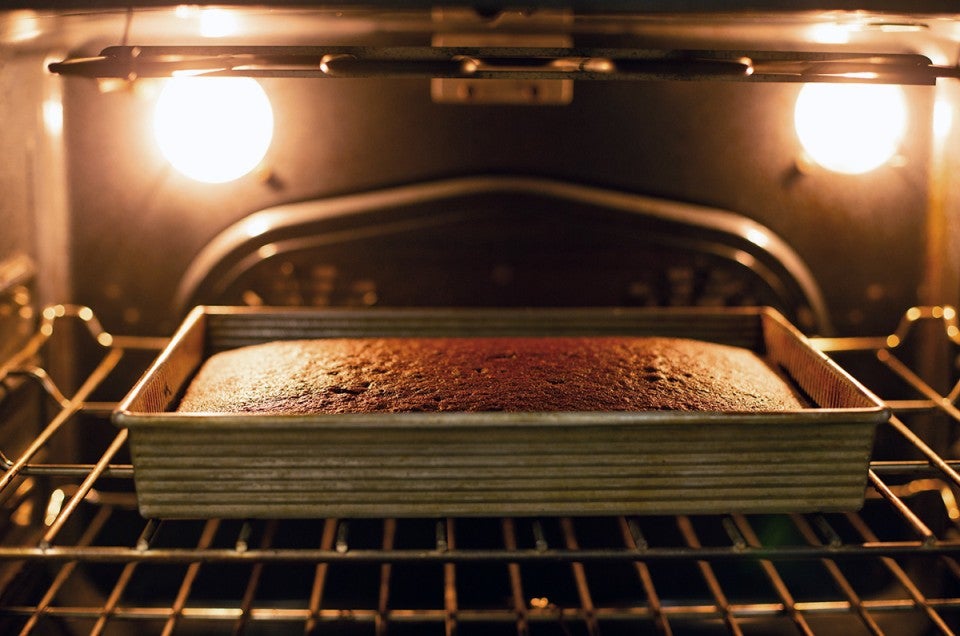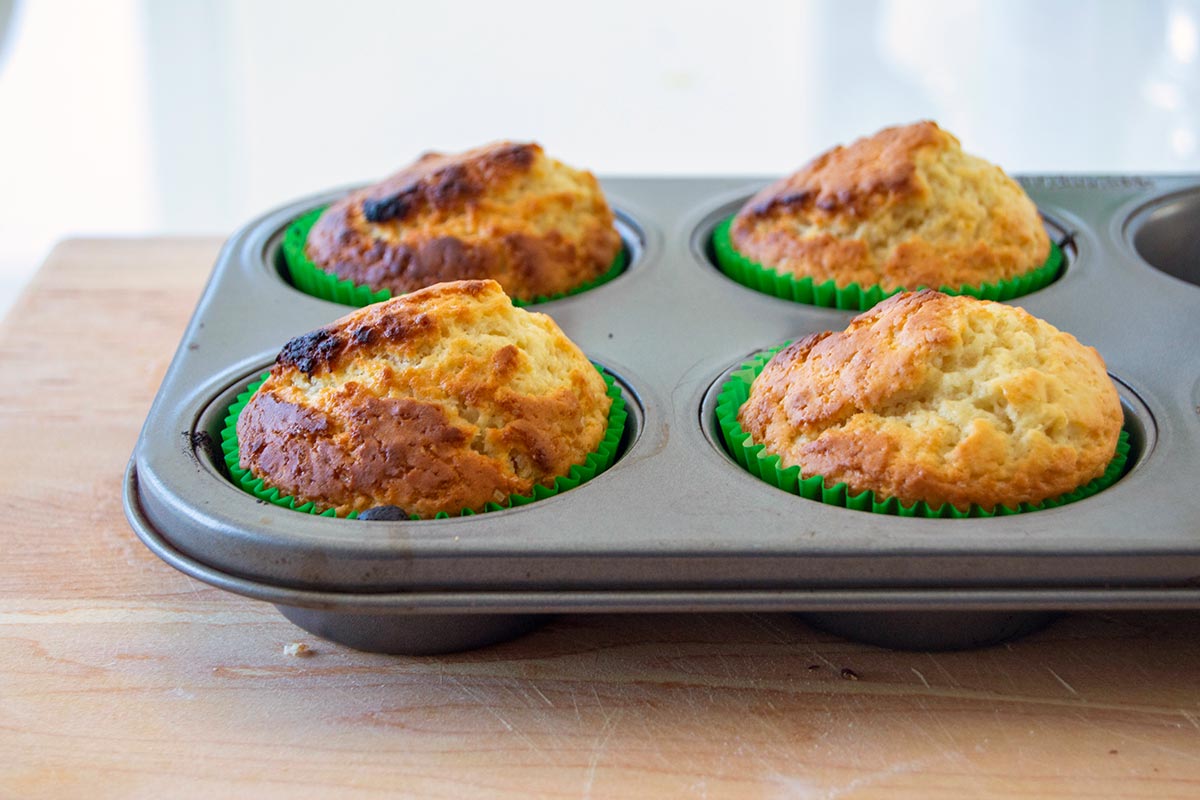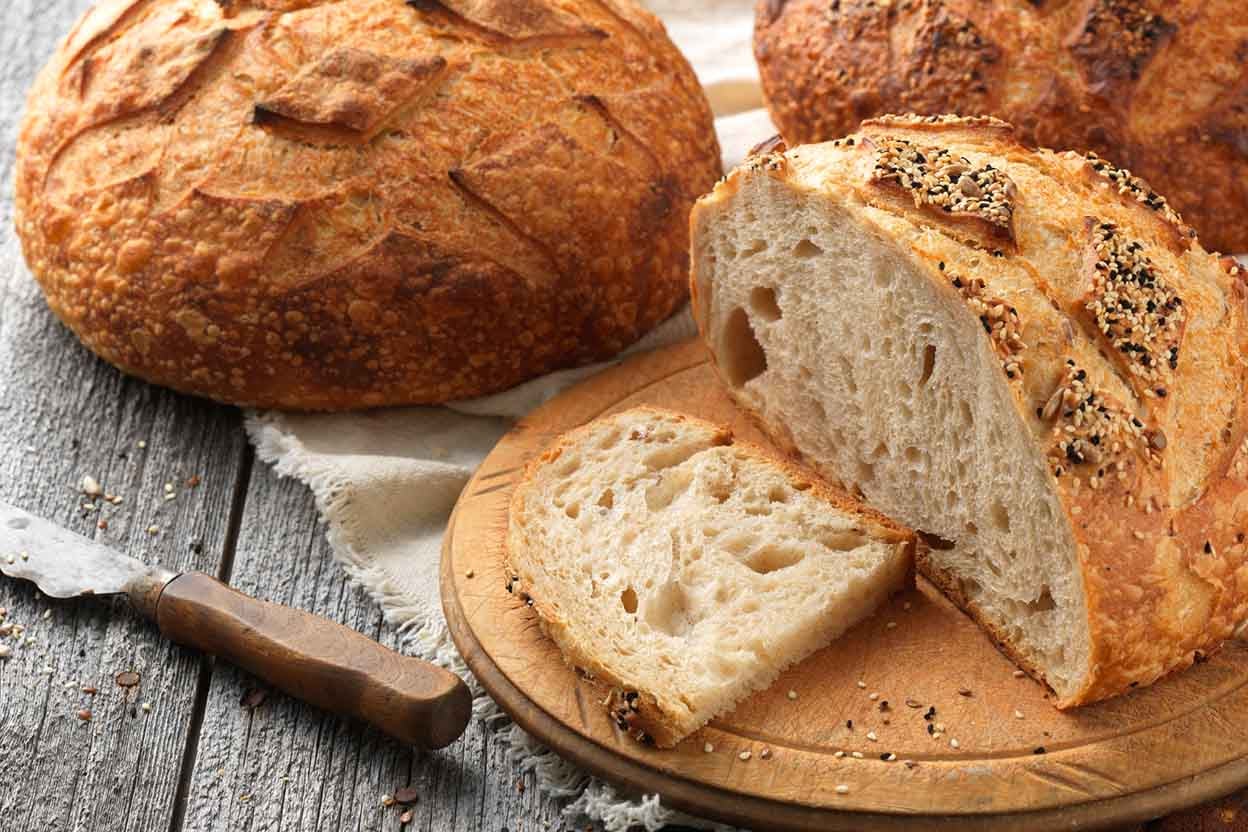


Recently I got this email from my sister-in-law:
Do you see a benefit to using a convection oven vs. a traditional oven? I understand that the convection oven distributes the heat more evenly, and there is a cost benefit because it cooks faster saving some electricity. With better oven design and manufacture is that even a thing still?
– Juliana
Shopping for ovens can be bewildering. It used to be simple: gas or electric. For what it's worth, our test kitchen ovens are all 30" wide and mostly electric. The second heating element above gives us a slightly more even heat and quicker preheating time. We have a gas oven under our stove, and we tend to keep the baking stones in there.
Sales people at appliance stores will go on and on about the time and energy-saving advantages of a convection oven, and how you can cook a gazillion cookies at once, and how could you possibly live without one...
Here's the deal. Convection ovens are insulated boxes, just like any oven. They have a fan in the back, and sometimes an additional heating element tied to the fan. The fan pushes the heat around the inside of the oven, making cooking go faster.

Early convection ovens (and even some today) have been known to make wetter batters or doughs literally be blown sideways by the fan as they're rising. We've heard tales of cookies being blown off their baking pans onto the oven window; a shot I'd dearly love to reproduce, but so far haven't managed.
In addition, the muffins above demonstrate how baked goods can bake more quickly, leading to over-browning on one side.
One frequent complication for new convection owners is how to adjust their recipes, all of which are written for still ovens. The rule of thumb is this:
Reduce the oven's temperature by 25°F. Make your first check of baking time 10 minutes earlier than the recipe says.
You can always bake it more, but you can't bake it less.
Some models of convection oven will do the adjusting for you, which is downright confusing. You set the temperature for 375°F, and if you press the convection setting, it automatically preheats itself to 350°F. My advice when shopping is to have a recipe you make a lot in mind, and while you're at the store, fantasy-bake it using the controls of any model you're considering. You'll see soon enough if it's an oven you can be friends with.
Ironically, for all the "even-baking" hoopla, I find most convection ovens have a hot spot toward the front; the air blowing across hits the door and bounces back, and often the food at the front of any baking sheet is done significantly before the rest.
Here's how I answered Juliana:
I think it's a feature worth having, because convection can do some things that a still oven can't.
First thing to know is any oven you buy with a convection fan doesn't have to be used that way. Make sure whatever oven you do buy (especially if you only have room for one) is capable of baking without the fan coming on. We've had issues with this on the pair of ovens we bought recently.
Most have settings for the following:
I've seen some convection broil, as well, which is a little weird, because broiling is a radiant heat method, and the fan is of little use there, but whatever.
It's about a $100 up-charge to get the box with the fan in it, but there's some resale value to it, and it does significantly increase the number of things you can do.
Convection bake at a very low temperature is nice for dehydrating; you can get beautiful oven-dried/roasted tomatoes with it. Convection roast is nice for any kind of chicken or chunk of meat where you like crispy outsides, and I've been known to go there for airier pizza crusts. Also the bomb for nicely caramelized roasted vegetables.
At higher temperatures with water in the bottom, it's a good setting for baking artisan breads: quick oven spring and usually a better crust.

When I buy ovens for the King Arthur test kitchen, I get double-wall units — convection on top and regular on the bottom — which give us a lot of options.
If you need a short list, here's my best advice. (Keep in mind there's a lot of room for variations and personal choice here, given the many different combinations you'll find in oven designs). Also, don't forget to adjust your oven's temperature and time.
A convection is good for:
Bake these things in the oven with the fan off:
To finish the story, I asked Juliana if she bought another oven. Here was her reply:
Dave took the whole oven apart and fixed the door. Originally he didn’t think he could, so he had me research new ones. We didn’t buy a new oven after all. But, if I do sometime in the future, I will definitely buy convection.
– Juliana
(If you have more questions about baking in your oven, see this previous post on identifying oven hot spots.)

